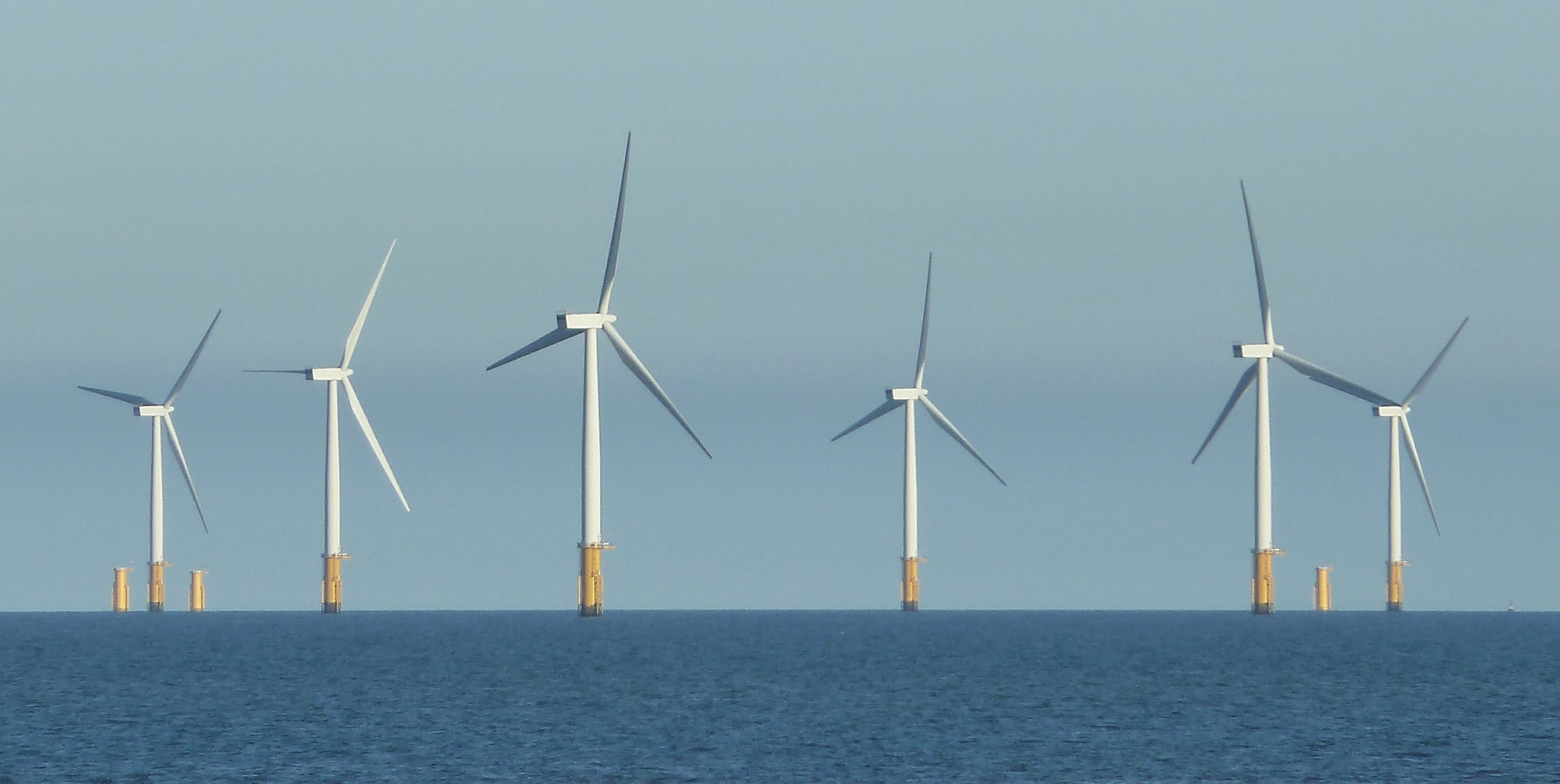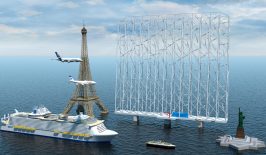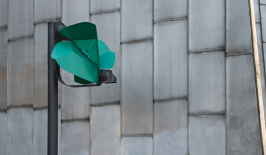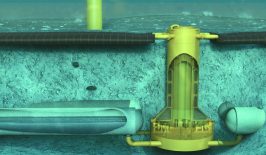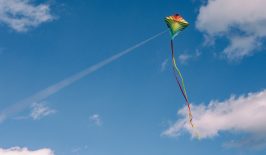Nations with long coastlines and windy conditions are beginning to understand the huge resources they have available a few miles offshore. Although land-based wind turbines are highly reliant on the presence of strong – but not too strong – winds, offshore wind turbines have an almost guaranteed supply of ample wind.
But building huge turbines several miles out at sea in difficult conditions is not easy – or cheap. Furthermore, in some cases, the wind out at sea can in fact be too strong, damaging turbines or at least necessitating them being switched off – a huge waste of potential. The need for maintenance and repair has been one of the major stumbling blocks in expanding offshore wind farms, as well as the expense of installation.
Engineering and technology companies such as the Netherlands-based Seawind Ocean Technology are looking to develop the next generation of floating wind turbines which can be used to effectively tap into the huge potential of offshore wind. They have developed an innovative two-bladed turbine design – as opposed to the usual three – which they claim can handle even the toughest cyclone winds.
Their current models, dubbed the Seawind 6 and Seawind 12, are floating designs which can be tethered to massive depths, including ‘ultra-deep waters’ – defined as those deeper than 5,000 feet. They have also been designed to withstand high winds and poor sea conditions.
The key to its resilience is the special hinge and turbine system inspired by helicopter technology. Instead of pitching the blades into the wind, the Seawind incorporates an active yaw control to better position the blades, while the upwind blade technology itself also ensures rotor stability in high winds and increases energy generation. If things do get too much for the Seawind, a teetering hinge mechanism can decouple the shaft from the rotor, preventing damage to the turbine from harmful loads. The design also allows for lower torque than in traditional wind turbines, despite the high rotation speeds. This should reduce fatigue on the parts and result in a longer lifespan.
All of this should be music to the ears of offshore power developers. One issue with wind turbines is their remoteness in terms of monitoring and repair, which often requires specialised vehicles and high costs. Seawind claim their designs can withstand 50 years of operation before needing to be replaced, while they also come with simpler and less frequent maintenance requirements. The lack of blade pitching means less parts are required – and less parts can go wrong – while the overall design is also 25 percent lighter compared to most three-bladed turbines. The Seawind can also be built onshore with cranes and then tugged out to their mooring position and installed without the need of specialised installation vessels.
According to Seawind, their models, the larger of which features a 225 metre rotor diameter, can operate anywhere in the range of wind speeds from 3.5 to 25 metres a second, or up to 90 kilometres per hour. However, the 6 design can potentially withstand cyclone conditions up to 90 metres a second, or 325 kilometres per hour. In terms of energy production, the smaller 6-126 model is rated for a capacity of 6.2 megawatts, while the larger 12 almost doubles that to 12.2.
In February 2022, Seawind signed a ‘Memorandum of Understanding’ with Petrofac, one of the world’s leading international service providers to the energy industry. Under the agreement, they will collaborate on the delivery of Seawind turbines to offshore wind plant concessions in the Mediterranean Sea, as well as subsequent other European locations. Seawind themselves expect the Seawind 6 to hit the market in 2024, with the Seawind 12 arriving in 2025.
However, Seawind is not the only player in the growing offshore market – which is projected to be valued at one billion USD by 2030. At Reset we have covered other innovative offshore designs, including a multi-rotor turbine the size of the Eiffel Tower, wind farms built on artificial islands and a kite system which can help power large shipping containers. Other developers are also creating novel ways to store all that energy created offshore, such as with underwater ‘hydroelectric batteries’.

